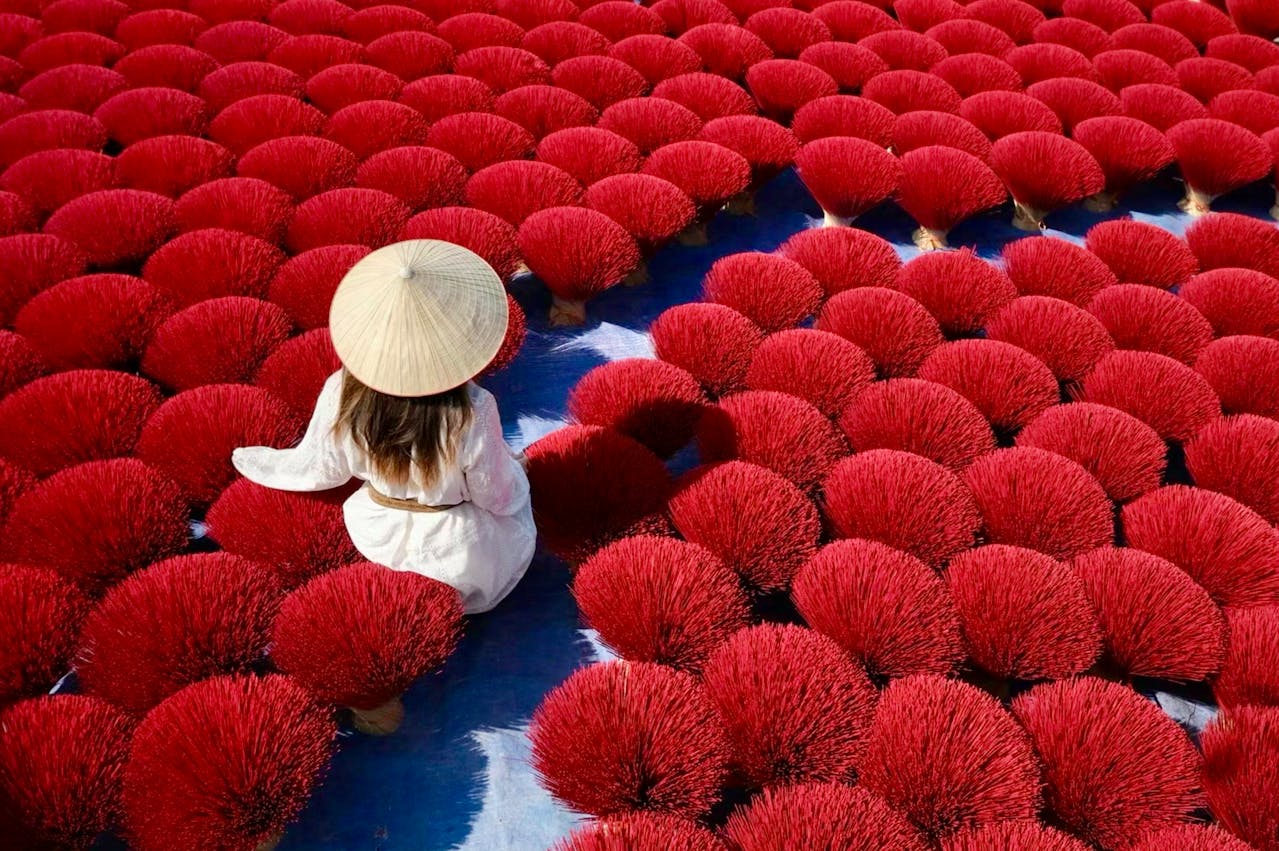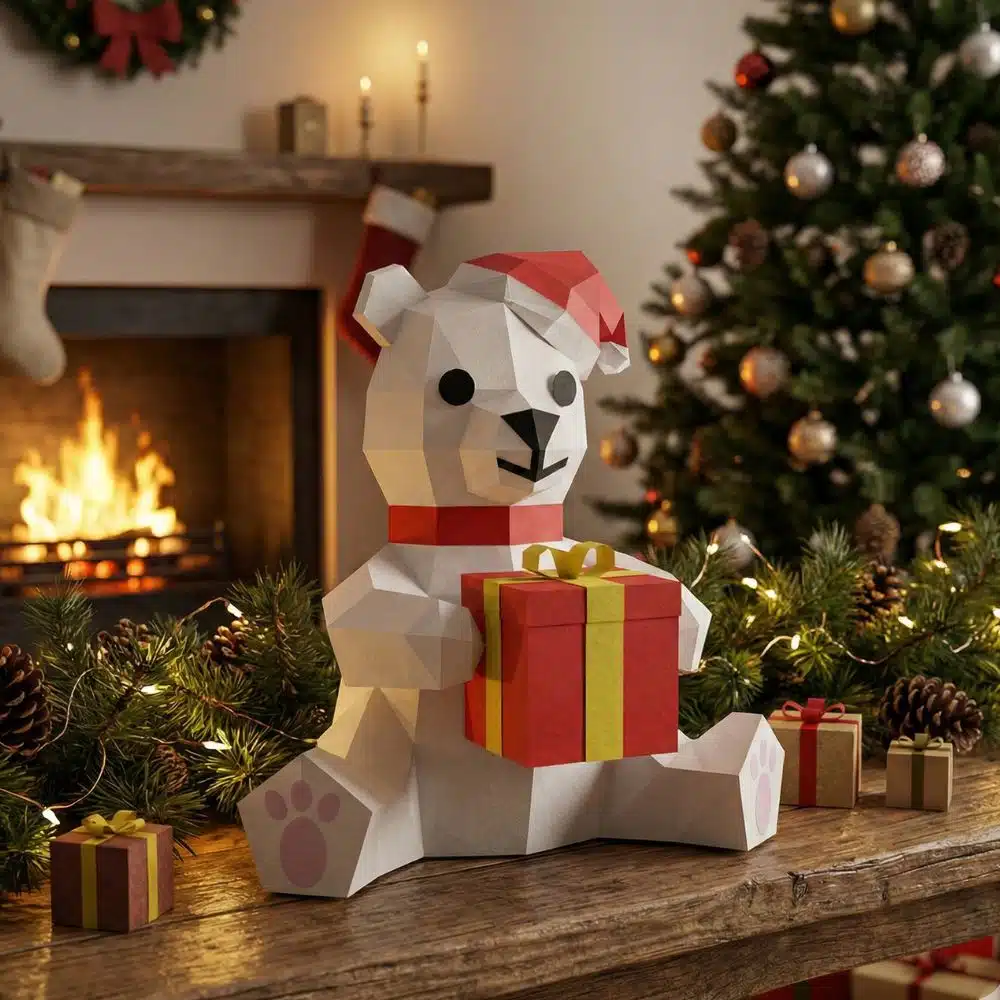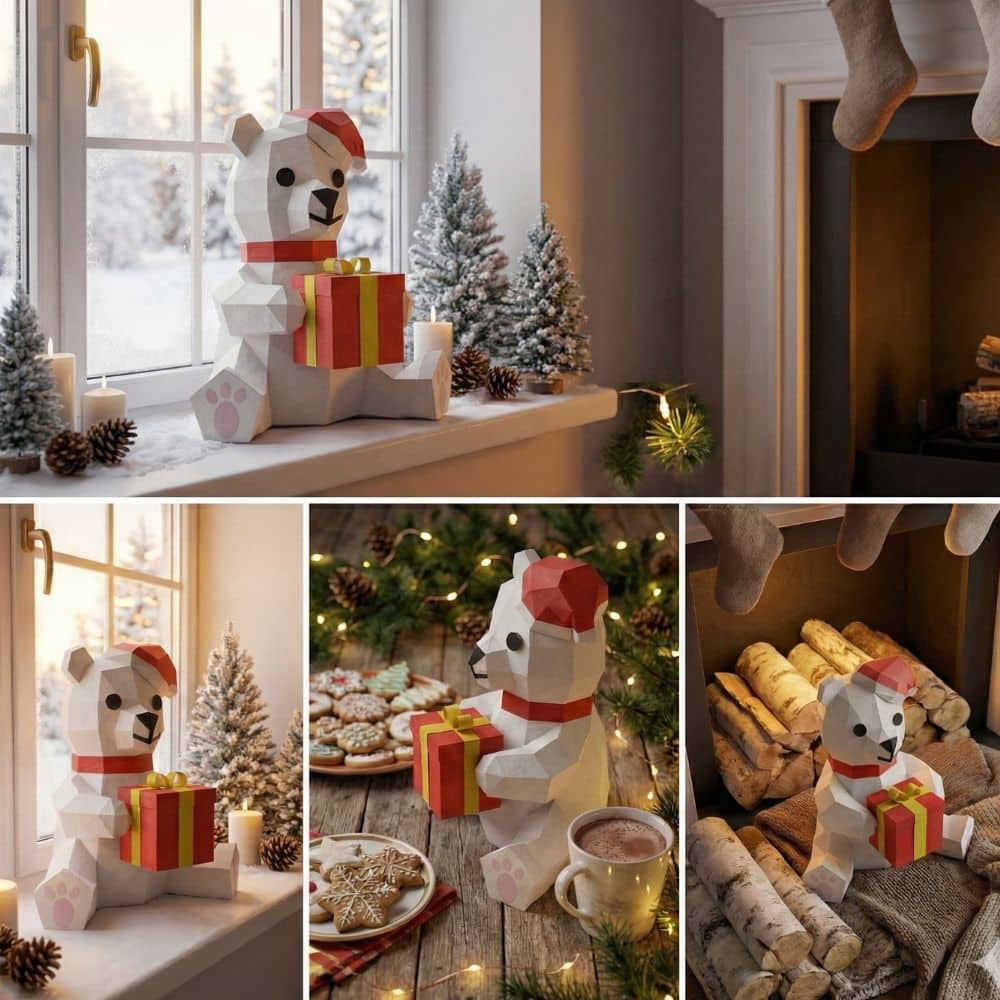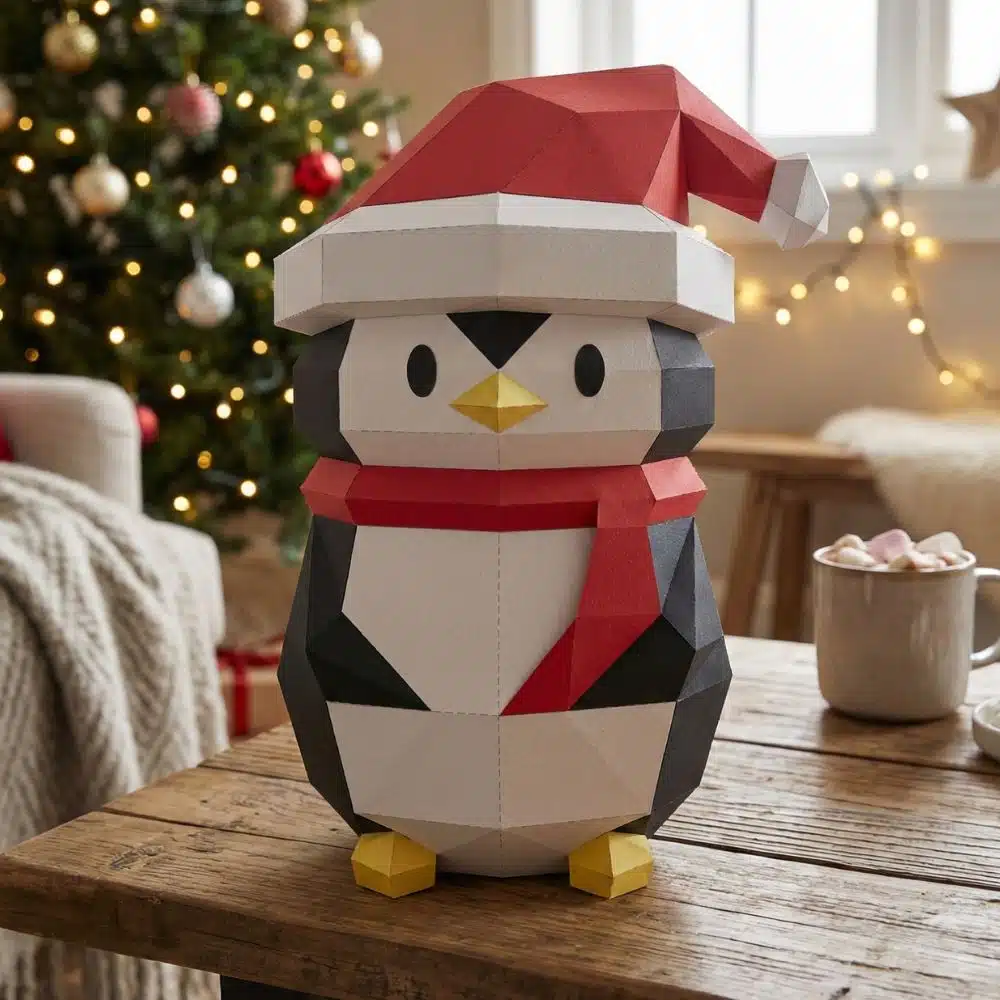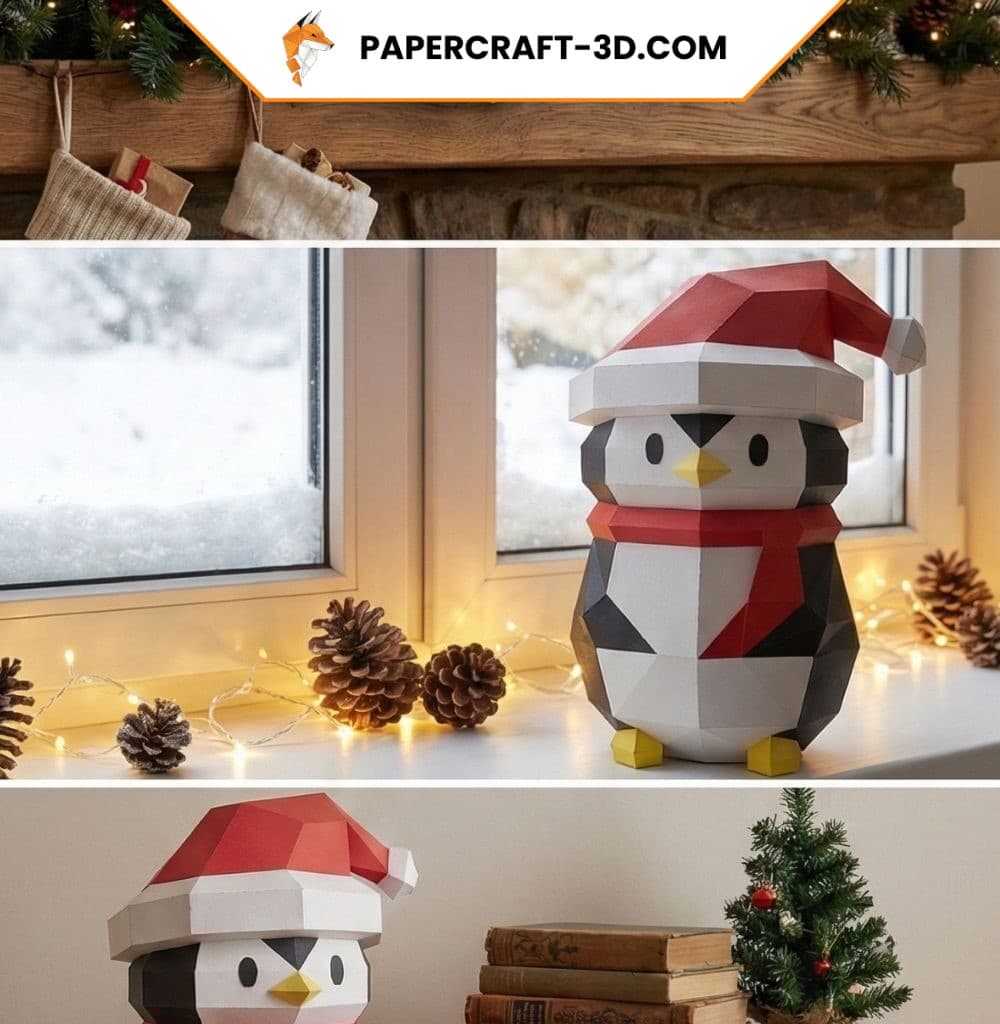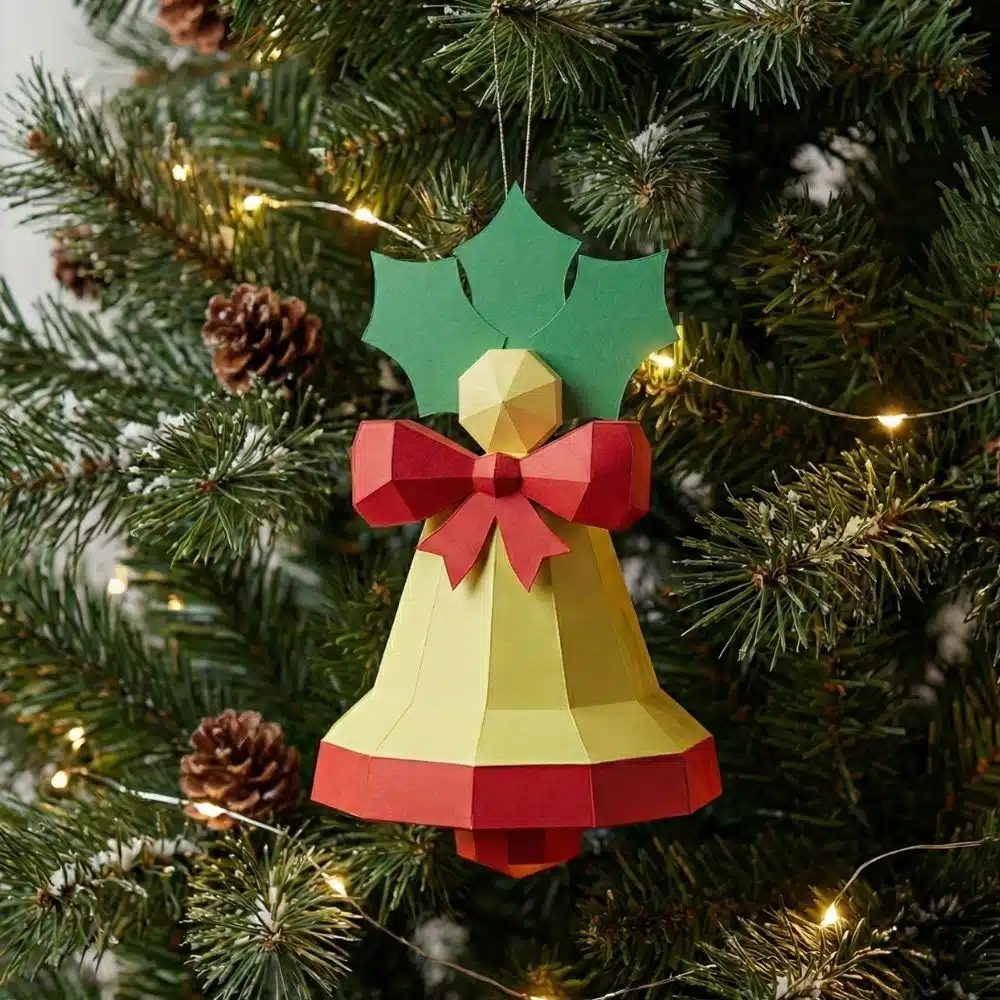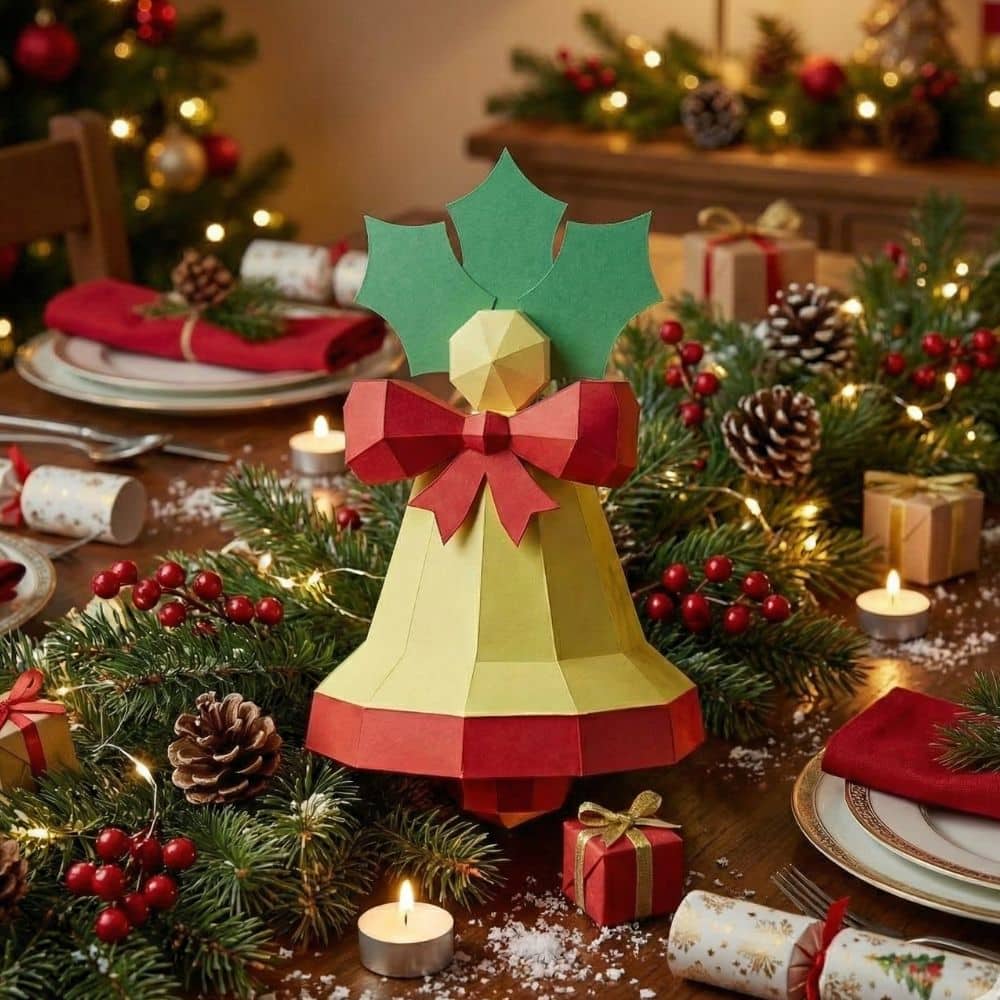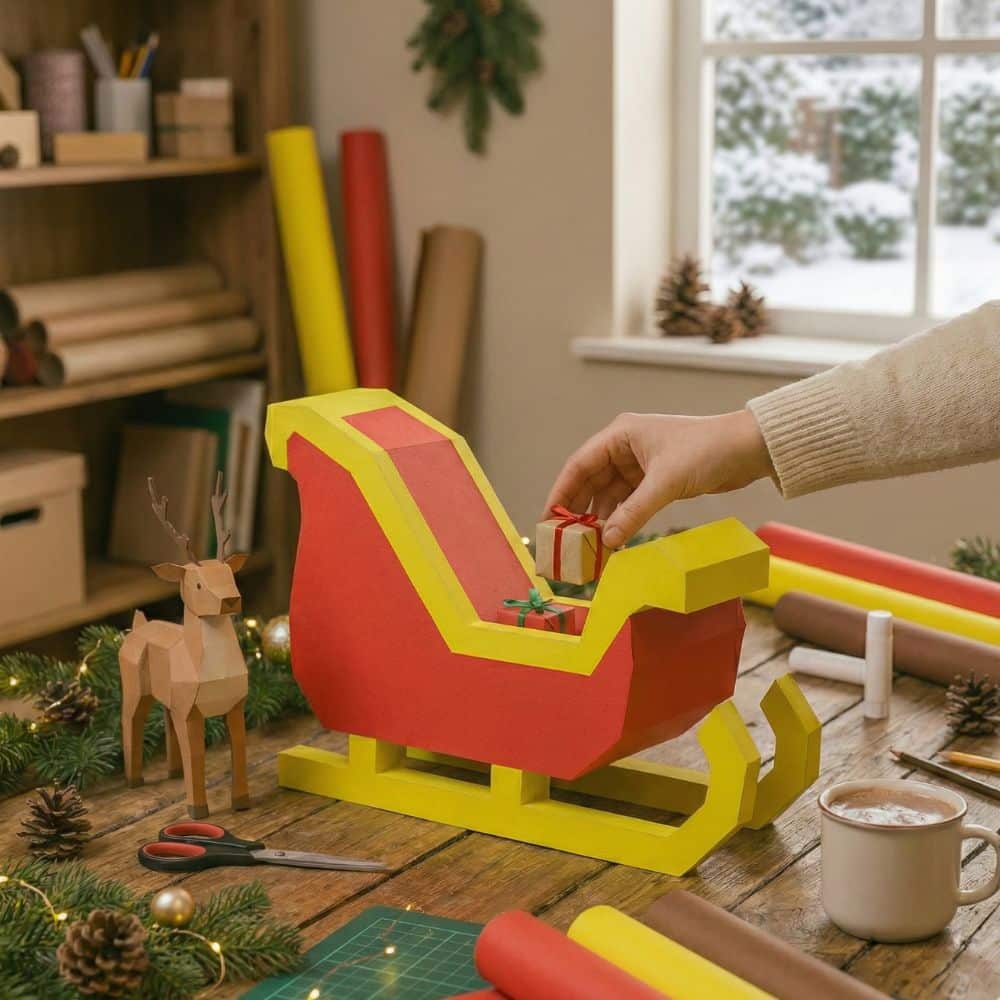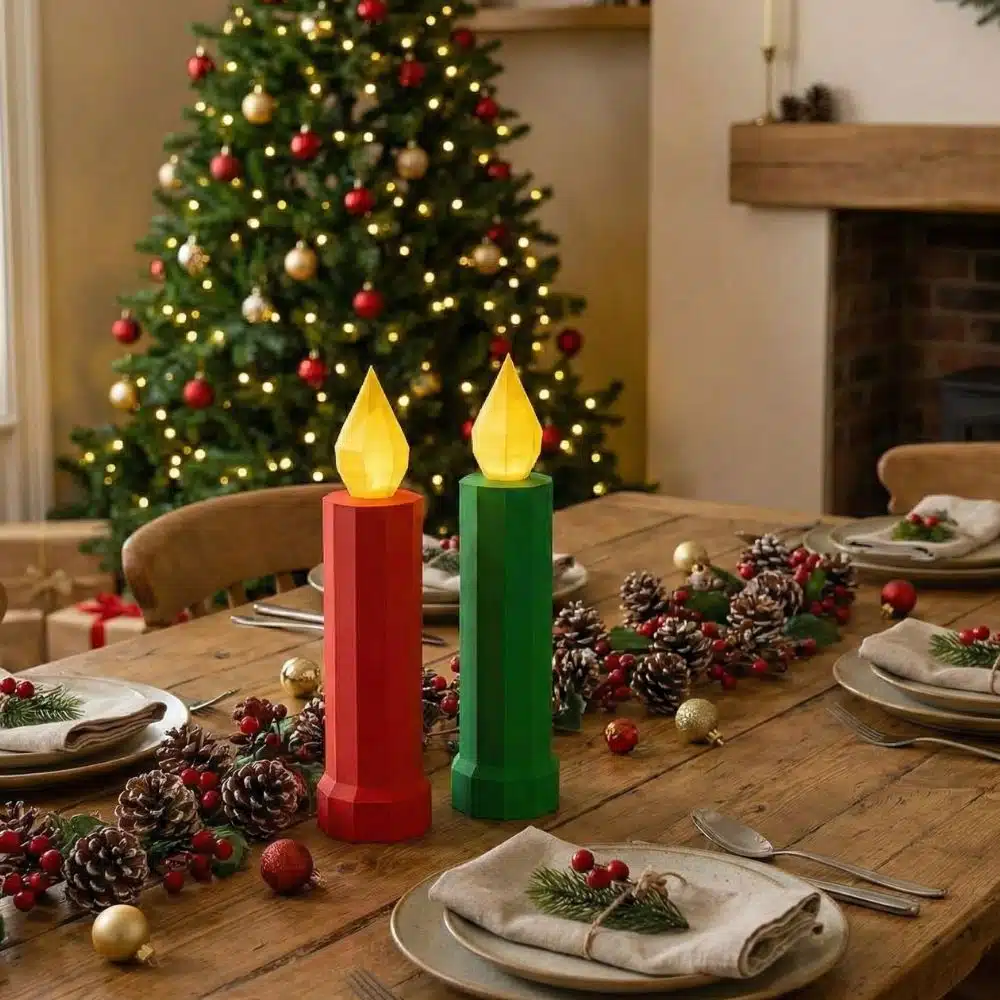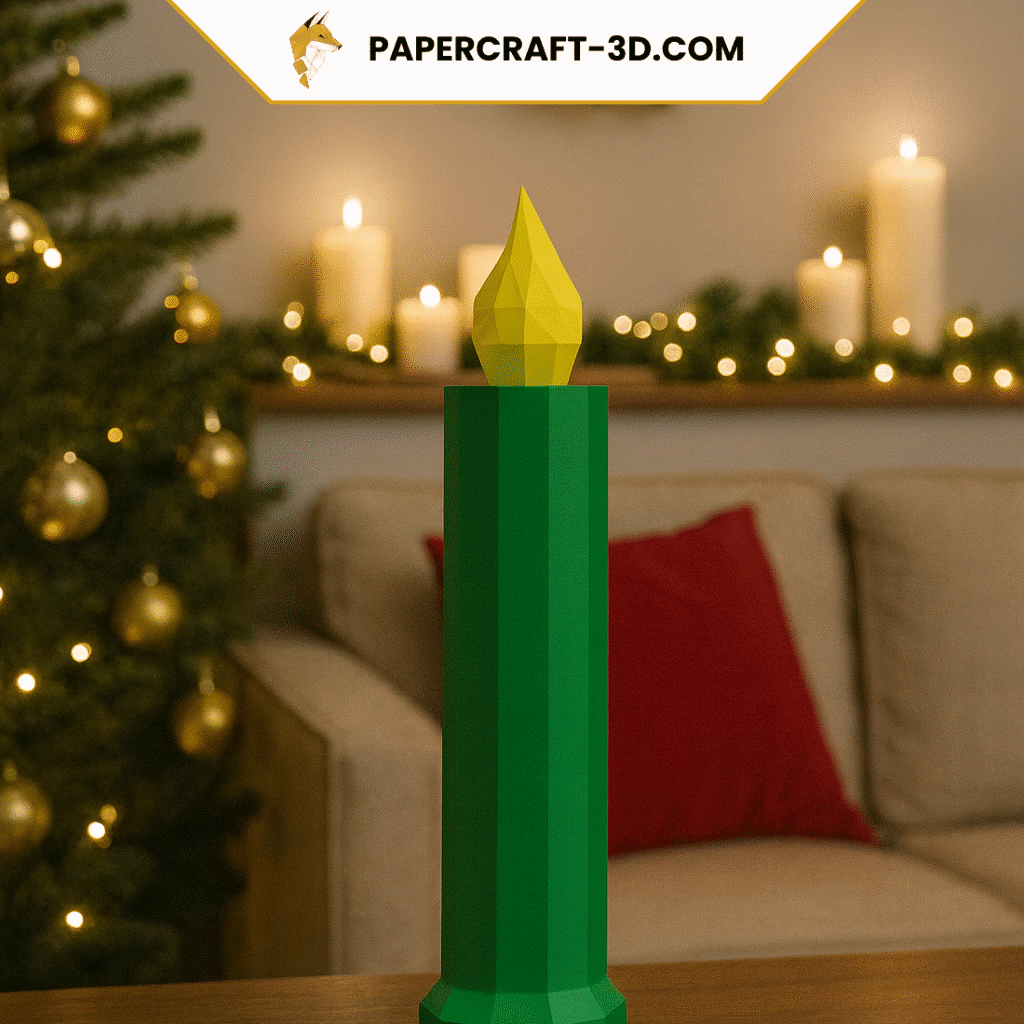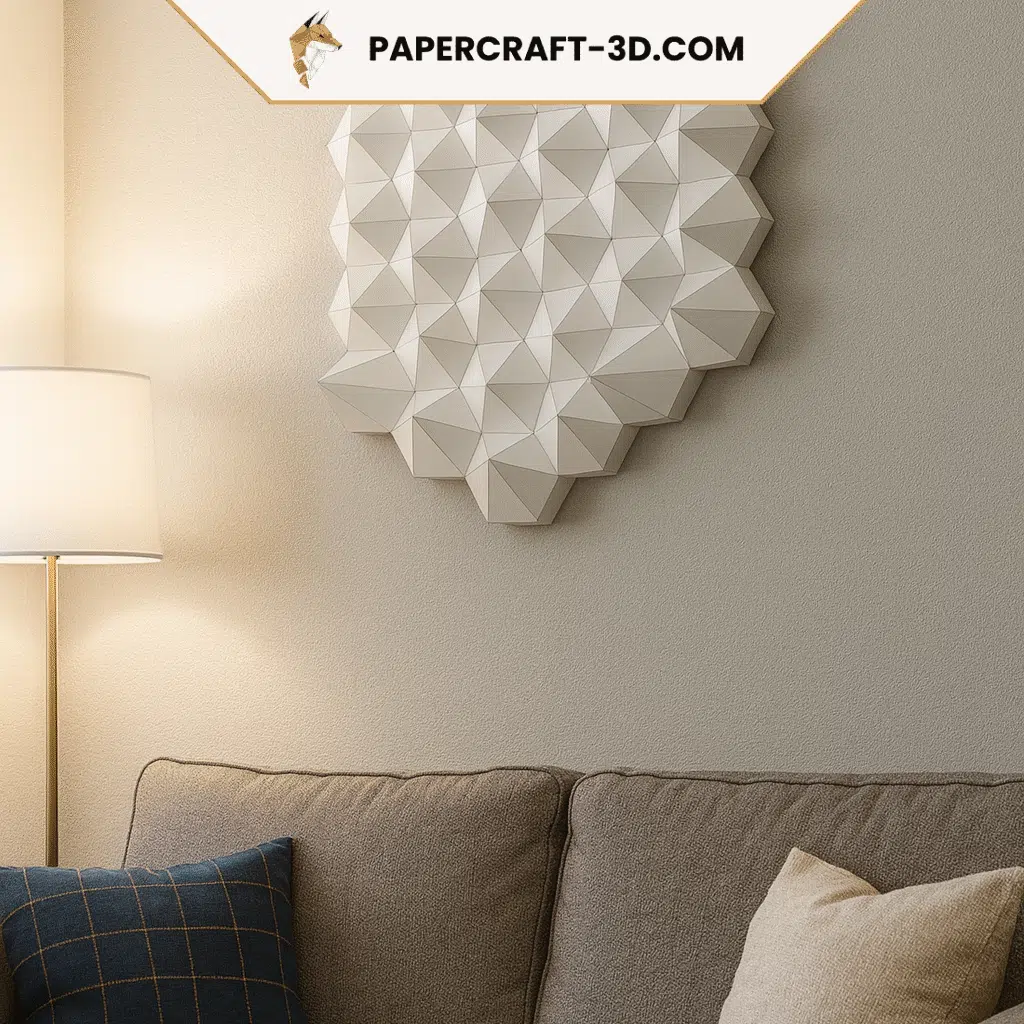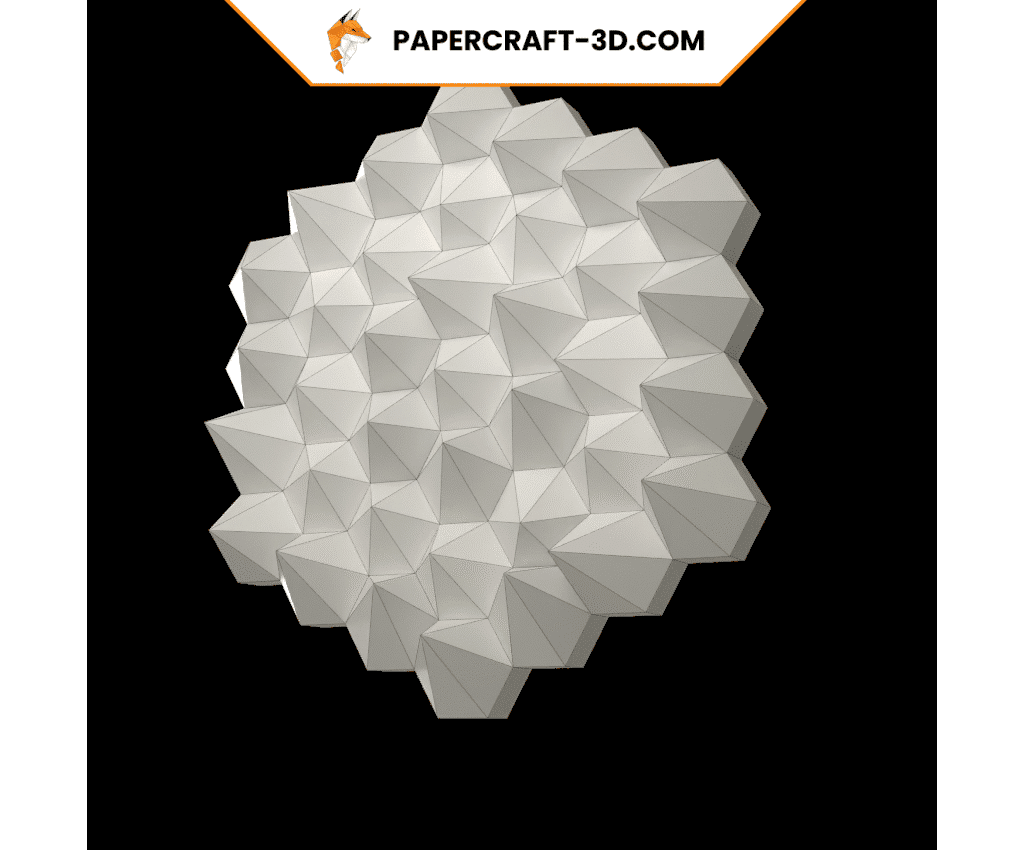When it comes to decorative products with authenticity, sustainability, and cultural depth, Vietnam stands out as one of the world’s most vibrant hubs. Unlike mass-market industrial goods, handicrafts made from rattan, bamboo, wood, and ceramics reflect centuries of tradition and the unique know-how of artisan villages spread across the country.
A Living Heritage of Craftsmanship
Vietnam’s handicraft sector is not only about manufacturing; it’s about heritage. Each region preserves its own techniques passed down through generations, often organized around specialized artisan villages. These villages are the backbone of Vietnam’s craft industry and provide a level of authenticity that machine-made goods simply cannot replicate.
- Rattan & Bamboo Weaving – Villages like Phú Vinh (near Hanoi) have specialized in bamboo and rattan weaving for more than 400 years, producing baskets, trays, and home décor items exported worldwide.
- Lacquerware – The village of Hạ Thái (Hanoi area) is renowned for lacquer painting and lacquered decorative objects, a craft that combines tradition with contemporary design.
- Ceramics – Bát Tràng village, just outside Hanoi, is one of Vietnam’s oldest ceramic hubs, producing high-quality pottery, tableware, and decorative ceramics admired both locally and internationally.
- Textile Weaving – In northern provinces like Nam Định and among ethnic minority groups, weaving villages continue to produce distinctive fabrics used in both fashion and home decoration.
These artisan hubs don’t just produce goods — they embody Vietnam’s cultural identity, blending natural materials with creative artistry.
Why Vietnam’s Handicrafts Are in Demand
Global trends are shifting towards eco-friendly, natural, and ethically made products. Vietnam’s handicrafts align perfectly with this movement:
- Sustainable materials such as bamboo, rattan, and seagrass are renewable and biodegradable.
- Unique handmade techniques add cultural and artistic value.
- Competitive pricing makes Vietnam attractive compared to other craft-exporting countries.
- Strong export tradition: Vietnam is already among the world’s largest exporters of furniture and decorative handicrafts.
This makes Vietnam a prime destination for sourcing decorative home products, sustainable lifestyle goods, and artisan-made collections.
While handicrafts remain a proud tradition, Vietnam’s manufacturing landscape is increasingly shifting toward machinery and high-tech industries, meaning the handicraft sector may not experience the same growth momentum in the near future.
Blending Tradition with Modern Markets
While the heritage is strong, many artisan producers are also adapting to meet international standards. From lacquerware with modern designs, to woven baskets designed for large retailers, Vietnam’s artisans are increasingly bridging the gap between tradition and global market demand. Agencies and sourcing partners now play a key role in helping brands connect with the right artisan workshops and ensuring product quality for export.
Local Raw Materials for Handicrafts in Vietnam
Vietnam is blessed with an abundance of natural raw materials that form the foundation of its handicraft industry. Bamboo and rattan are grown across the country and used for weaving baskets, trays, and furniture. Seagrass and water hyacinth, harvested especially in the Mekong Delta, are transformed into rugs, storage boxes, and decorative pieces. Acacia and rubberwood are by-products of local plantations and supply the furniture sector. For ceramics, high-quality clay from villages like Bát Tràng provides the raw base for pottery and tableware. Even lacquer resin is locally harvested, supporting the lacquerware tradition in villages such as Hạ Thái. This natural wealth makes Vietnam a strong player in eco-friendly and sustainable decorative products.
Vietnam vs. China: Which is Better for Decorative Products?
While China remains the global leader in mass manufacturing, Vietnam has carved a reputation for authentic, artisan-driven, and eco-friendly production.
- Craftsmanship: Vietnam offers more heritage-based products, handmade with cultural value; China excels in industrial-scale efficiency.
- Materials: Vietnam uses abundant natural materials (bamboo, rattan, seagrass), whereas China often substitutes with synthetic alternatives for scale.
- MOQ (Minimum Order Quantities): Vietnamese workshops are often more flexible, while Chinese factories typically demand higher volumes.
- Costs: Vietnam can be competitive—sometimes cheaper in natural-material crafts—but China maintains price advantages on very high volumes.
- Market positioning: Vietnam is the go-to for brands focusing on sustainability and storytelling, while China remains dominant in mass production at scale.
Where to Start: Reliable Sourcing Partners for Decorative Items & Handicrafts
For companies looking to source decorative products such as rattan furniture, bamboo baskets, lacquerware, or ceramic tableware, finding the right partner is essential. Vietnam’s artisan villages provide authenticity, but international buyers often need structured support to manage supplier vetting, product development, and quality control.
Here are three reputable companies for sourcing and manufacturing decorative products in Vietnam:
- MoveToAsia (MTA) – Focused on SMEs and lifestyle brands, with experience in handicrafts and decorative items.
- SourcingAgentVietnam (SAV) – Strong on product development and quality control, ideal for custom designs and handmade product lines.
- FVSource (FVS) – Combines sourcing with consulting and can help manage larger-scale projects involving multiple countries : China, India, Thailand, Indonesia, Malaysia and Cambodia.
What Is the Future of Vietnam’s Decorative Handicrafts?
The future of Vietnam’s decorative items and handicraft sector is uncertain. Many artisan villages that once thrived on centuries-old traditions are becoming less visible, as younger workers shift toward stable employment in large-scale manufacturers such as Samsung, LG, Foxconn, and Intel, which continue to expand in Vietnam. This industrial growth puts pressure on the continuity of traditional crafts.
Yet, if overseas demand for eco-friendly and handmade products remains strong, Vietnam’s manufacturers and exporters may reinvent themselves: blending machinery for efficiency with the irreplaceable human skills of village artisans. Intricate weaving and detailed craftsmanship using water hyacinth, seagrass, bamboo, rattan, and other natural materials could still form the backbone of a hybrid model, where modern production meets cultural heritage.
Q&A – Practical Aspects of Sourcing in Vietnam
Q1. How long does product development and sampling usually take?
For decorative products, expect 4–8 weeks depending on complexity. Handmade items like lacquerware or weaving often require more prototyping to refine designs.
Q2. What export markets buy the most Vietnamese handicrafts?
The main destinations are the United States, European Union, Japan, and South Korea. These regions demand eco-friendly, design-oriented products that Vietnam specializes in.
Q3. How can I ensure quality when working with artisan villages?
The best approach is to combine supplier vetting, on-site audits, and independent QC inspections. Many artisan workshops lack formal certifications, so partnering with a sourcing agency is strongly recommended.
Q4. Are there seasonal challenges in Vietnam’s handicraft production?
Yes. Rainy seasons can slow down drying times for bamboo, rattan, and lacquerware. Additionally, peak demand before Christmas or Lunar New Year often strains capacity. Planning production 3–6 months in advance is crucial.
Q5. What role do sourcing agencies play in handicrafts?
They act as a bridge between artisan villages and international buyers. Agencies handle supplier search, translations, audits, product development support, and quality control—ensuring smooth communication and export-ready compliance.





